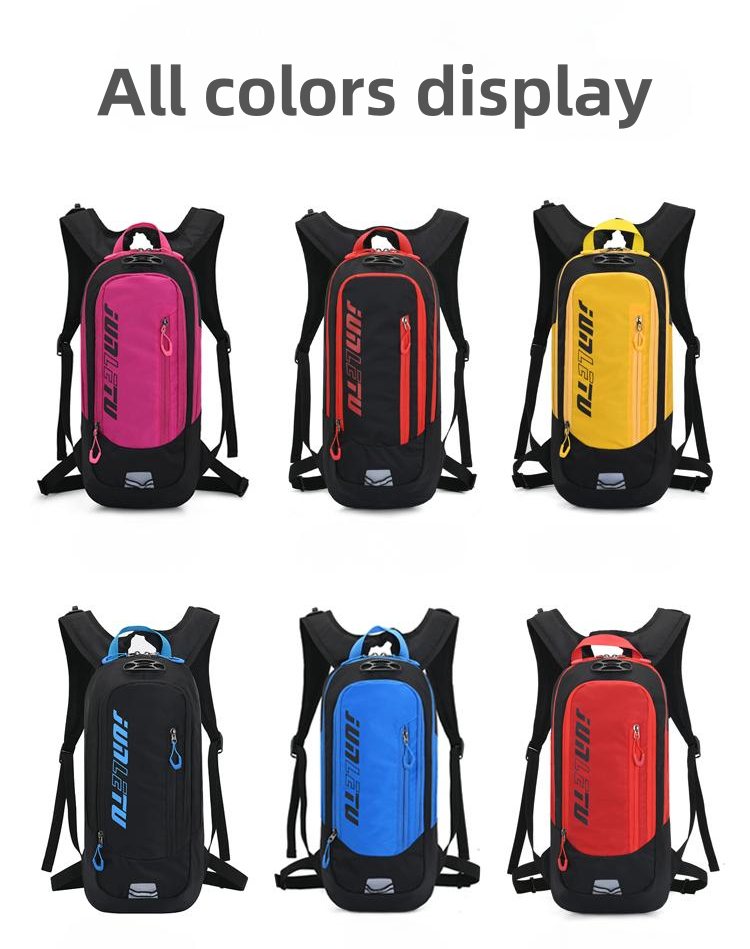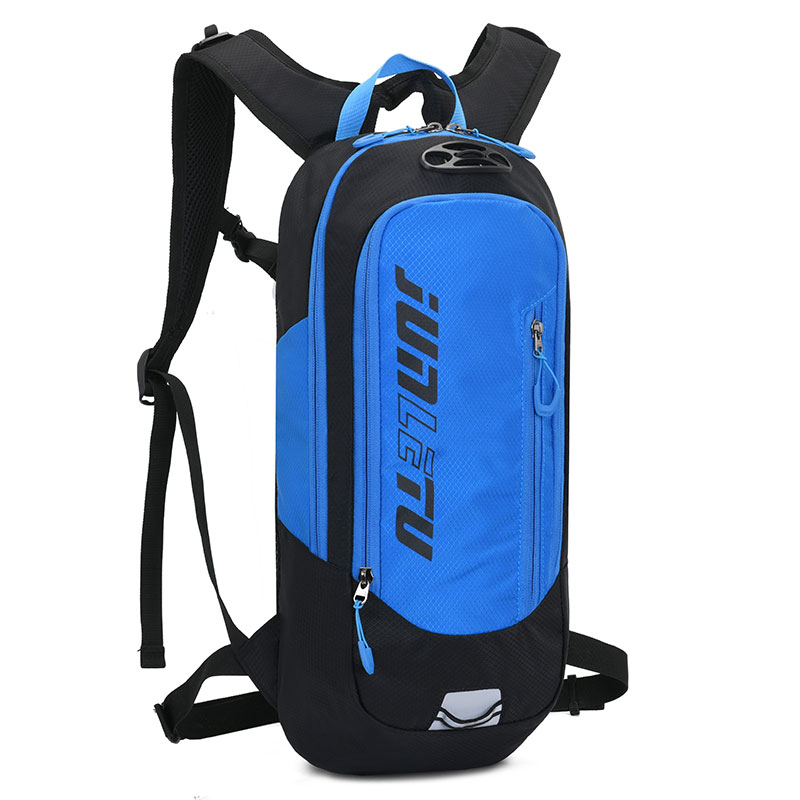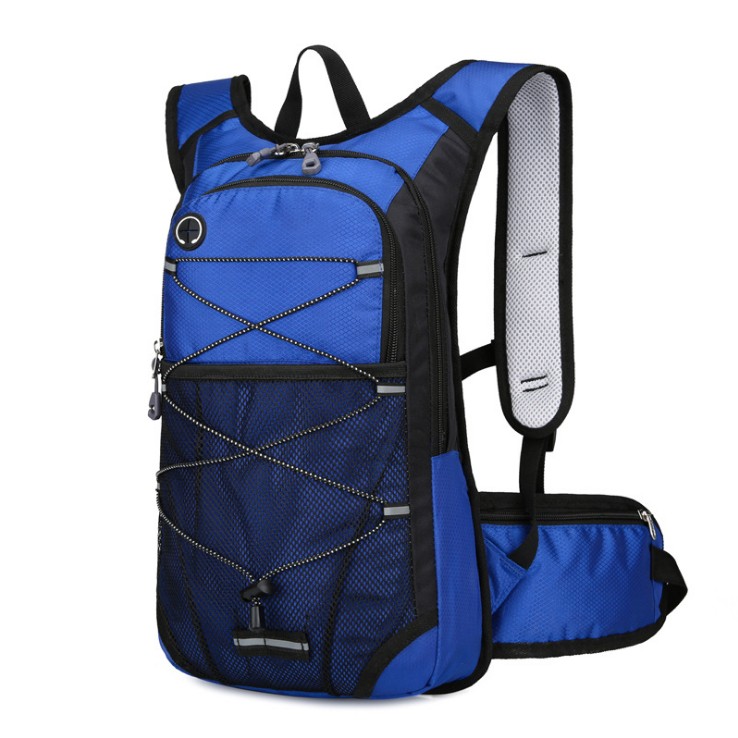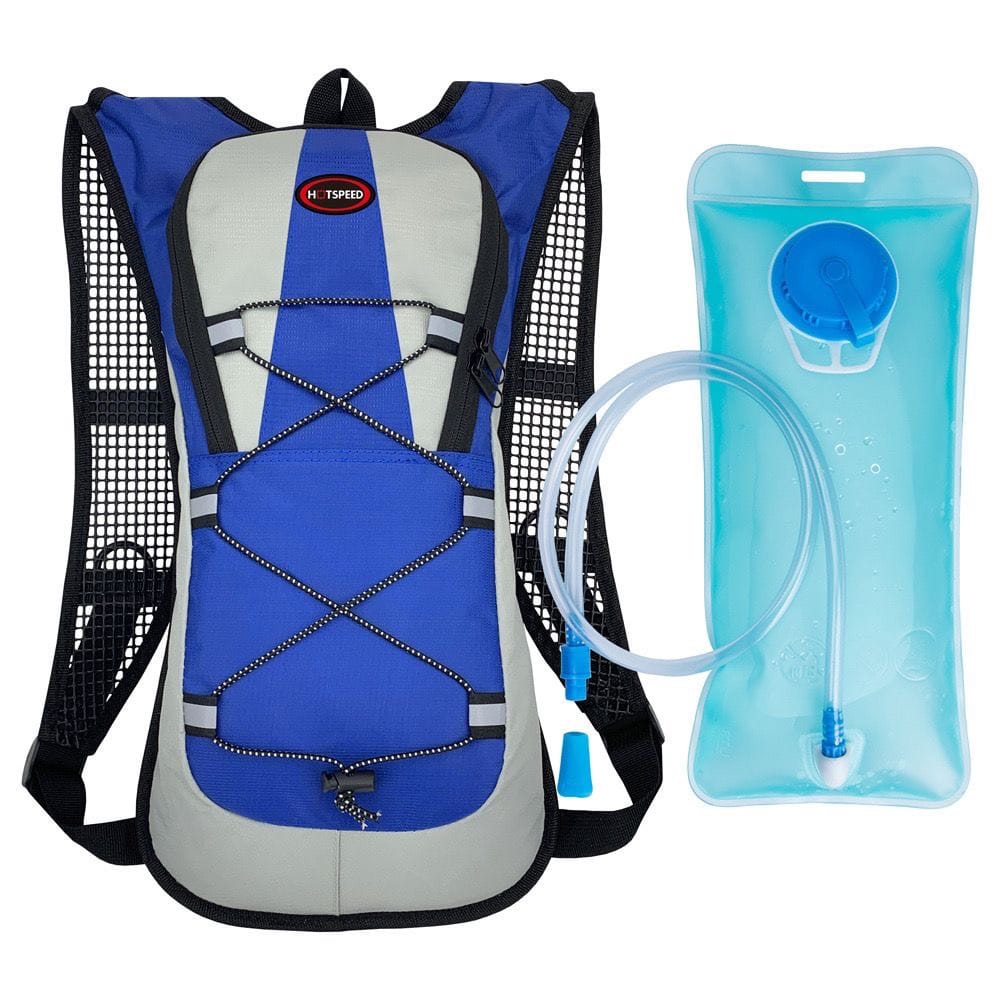As an avid outdoor enthusiast, I know how crucial gear is, especially a hydration bladder—our “lifeline” during long hikes, bike rides, or climbs. But with frequent use, the dust cap on a hydration bladder can get damaged, whether it cracks, gets lost, or stops sealing properly. Every time this happens, it’s a bit frustrating, as a faulty dust cap can let dirt contaminate the water or even cause leaks. Don’t worry, though! Today, I’m sharing practical tips based on my experience to help you repair or manage a damaged dust cap and get your hydration bladder back in action.

Why Do Dust Caps on Hydration Bladders Break Easily?
Before diving into repairs, let’s understand why dust caps fail. These caps, typically made of plastic or silicone, protect the mouthpiece from dust, dirt, or debris. Though simple in design, they face tough conditions in real-world use:
Frequent Use: Constantly removing or attaching the cap during hydration wears down the material over time.
Environmental Factors: Sun exposure, freezing temperatures, or dusty environments can degrade plastic or silicone, causing cracks.
User Error: Excessive force when handling or accidental drops can deform or break the cap.
Design Flaws: Some caps aren’t securely attached to the mouthpiece, making them prone to loosening or getting lost.
Knowing these causes helps us repair or prevent issues more effectively. Below, I’ll guide you through practical solutions for fixing a broken dust cap, from quick fixes to long-term replacements.
Practical Ways to Fix a Hydration Bladder Dust Cap
Depending on the extent of the damage, I’ve outlined several repair methods, from simple to advanced. These are based on my own trials and those of my outdoor buddies, ensuring they’re reliable and effective.
Method 1: Fixing Minor Cracks or Loose Caps
If the dust cap has small cracks or feels loose on the mouthpiece, try these steps:
Clean and Dry: Wash the cap thoroughly with warm water and mild dish soap to remove dirt or oils, then let it dry completely.
Seal Cracks with Waterproof Glue: Use outdoor-grade waterproof sealant (like silicone or epoxy glue). Apply a thin layer to the crack, smoothing it with your finger or a small tool to fill the gap. Let it cure for at least 24 hours.
Reinforce the Connection: For a loose cap, slide a heat-shrink tube (slightly larger than the mouthpiece) over the connection point and heat it to shrink, adding friction to secure the cap.
Test the Seal: Fill the bladder with water, gently squeeze, and check for leaks or cap detachment.
Tip: Opt for food-safe glue to avoid contaminating the water. I’ve had great results with a silicone sealant designed for outdoor gear repairs.

Method 2: Temporary Fixes for Severely Damaged Caps
If the cap is badly cracked or unusable and you can’t get a replacement right away, these temporary solutions can save the day:
Use a Silicone Straw Cap: Universal silicone straw caps, available online, fit most hydration bladder mouthpieces. Ensure the inner diameter matches your mouthpiece for a snug fit.
DIY Dust Cap:
Find a clean plastic bottle cap (like from a water bottle) and drill a hole in the top matching the mouthpiece’s diameter.
Sand the hole’s edges with fine sandpaper to remove burrs.
Fit the cap over the mouthpiece, securing it with waterproof glue if needed.
Wrap with Heat-Shrink Film: For a quick fix, wrap the mouthpiece with food-grade heat-shrink film and heat it to form a protective layer. It’s less durable but works for short-term use.
Note: These are temporary solutions. For long-term use, replace the cap with an original or compatible part to ensure hygiene and durability.
Method 3: Replacing the Dust Cap
When the cap is beyond repair, replacing it is the best option. Here’s how:
Contact the Manufacturer: Many hydration bladder brands offer replacement parts. Visit their official website or reach out to customer service to check for compatible dust caps.
Buy Universal Caps: If original parts are unavailable, universal dust caps are sold on platforms like Amazon or outdoor gear shops. Confirm the mouthpiece size (usually in millimeters) before purchasing.
Install the New Cap: Clean the mouthpiece thoroughly, then attach the new cap. Test its fit and security. If it feels loose, reinforce it with a heat-shrink tube as described earlier.
My Experience: I once lost a dust cap mid-hike and used a universal silicone cap as a replacement. It was slightly oversized, but a heat-shrink tube fixed it perfectly, and it’s still going strong after six months!

Method 4: Preventing Dust Cap Damage
Prevention is better than repair. Here’s how to extend the life of your dust cap:
Regular Cleaning: After every outing, clean the cap and mouthpiece with warm water and a soft brush to prevent dirt buildup that accelerates wear.
Avoid Sun Exposure: Prolonged sunlight makes plastic or silicone brittle, so store the bladder in a shaded spot or inside your pack.
Handle with Care: Remove the cap gently and avoid dropping the bladder on hard surfaces.
Carry a Spare: I always pack a spare dust cap on long trips. They’re small, lightweight, and a lifesaver in emergencies.
Recommended Tools and Materials for Repairs
To make the repair process clearer, I’ve created a table listing essential tools and materials, their uses, price ranges, and where to find them. These are items I’ve used myself, offering good value and accessibility.
|
Tool/Material |
Purpose |
Price Range (USD) |
Where to Buy |
|---|---|---|---|
|
Food-Grade Silicone Sealant |
Repair cracks, secure connections |
$1.50-$4.50 |
Amazon, eBay, outdoor gear stores |
|
Heat-Shrink Tubing |
Secure loose caps, temporary reinforcement |
$0.75-$3 |
eBay, electronics shops |
|
Universal Silicone Straw Cap |
Temporary dust cap replacement |
$0.75-$2.25 |
Amazon, eBay |
|
Fine Sandpaper (800-1200 grit) |
Smooth edges of DIY caps |
$0.30-$1.50 |
Hardware stores, eBay |
|
Soft-Bristle Brush |
Clean cap and mouthpiece |
$0.45-$1.50 |
Supermarkets, outdoor gear stores |
|
Food-Grade Heat-Shrink Film |
Temporary mouthpiece protection |
$1.50-$3.75 |
eBay, food packaging suppliers |
Tip: Always choose materials labeled “food-grade” or “non-toxic,” especially for parts in contact with water, to ensure safety.
Common Issues and Solutions
You might hit some snags while fixing your dust cap. Here are common problems and how to tackle them, based on my experience:
1. The Cap Still Leaks After Repair—What’s Wrong?
Possible Causes: Incomplete glue curing, unfilled cracks, or poor sealing between the cap and mouthpiece. Solutions:
Ensure the glue has cured fully (typically 24-48 hours, per instructions).
For deep cracks, apply multiple thin layers of glue, letting each dry.
Check the mouthpiece for deformation. If damaged, consider replacing the mouthpiece or tubing.

2. Can’t Find an Original Cap, and Universal Ones Don’t Fit—Now What?
Solutions:
Measure the mouthpiece’s outer diameter (with a caliper or tape measure) and confirm dimensions with sellers before buying universal caps.
For slight size mismatches, use a heat-shrink tube or silicone gasket to improve the fit.
Alternatively, craft a DIY cap from a plastic bottle cap or silicone material—it’s cheap and effective.
3. The Repaired Cap Has an Odor—Is It Safe?
Possible Causes: Non-food-grade glue or materials releasing chemical smells. Solutions:
Switch to food-grade silicone sealant or heat-shrink film.
Soak the repaired cap in warm water with a pinch of baking soda for 30 minutes to neutralize odors.
If the smell persists, replace the cap to avoid health risks.
Extra Tips for Hydration Bladder Maintenance
Beyond fixing the dust cap, keeping your entire hydration system in top shape is key. Here are some tips I’ve picked up over the years:
Deep Cleaning: Every 1-2 months, soak the bladder and tubing in a solution of water with cleaning tablets (containing sodium chlorite) or diluted white vinegar to kill bacteria and mold.
Dry Thoroughly: After use, dry the bladder completely to prevent mold. Use a hairdryer on cool mode to dry the tubing.
Inspect Other Parts: Regularly check the bladder, tubing, and valve for wear or leaks, replacing parts as needed.
Invest in Quality: If budget allows, choose reputable brands with durable designs and better customer support.
I cross-checked these tips with advice from REI, which recommends thorough cleaning after each use and periodic replacement of tubing and caps for hygiene and longevity.

Related Questions and Answers
To provide a well-rounded guide, I’ve included some common questions in a Q&A format, mimicking a conversational style to address real user concerns.
Q: I lost my dust cap and can’t buy a replacement right away. What can I do?
A: For a quick fix, make a DIY cap from a clean plastic bottle cap, as described earlier—it’s simple and effective. In the field, wrap the mouthpiece with clean cloth or a plastic bag to keep dirt out. Once back, order a universal cap or contact the manufacturer.
Q: Will repairing the dust cap affect water safety?
A: If you use food-grade materials like silicone sealant or heat-shrink film and clean thoroughly afterward, it’s generally safe. Soak and rinse the cap multiple times to remove any residue. If you’re unsure about the materials, replace the cap for peace of mind.
Q: My dust cap keeps slipping off. How can I secure it?
A: A loose cap is often due to wear or a size mismatch. Slide a heat-shrink tube over the connection, heat it to tighten, and it’ll stay put. If it still slips, check the mouthpiece for damage and consider replacing it or the tubing.
Q: My mouthpiece is contaminated and won’t clean. What now?
A: Soak it in diluted white vinegar (1:10 ratio) or a cleaning tablet solution for 30 minutes, then scrub with a soft brush. If mold or stains persist, replace the mouthpiece or tubing, as bacteria can pose health risks.
Final Thoughts
The dust cap on a hydration bladder may seem minor, but it’s a critical piece of the puzzle. Whether you’re patching up a small crack or swapping in a new cap, the right approach can keep your bladder ready for your next adventure. I get it—gear breaking down is annoying, but there’s something satisfying about fixing it yourself! I hope this guide helps you tackle dust cap issues with confidence. Feel free to share your own repair hacks in the comments, and let’s swap tips to make our outdoor journeys smoother and more enjoyable.
Got more questions about hydration bladders or outdoor gear? Drop them below, and I’ll do my best to help. Here’s to staying hydrated and hitting the trails with gear you can count on!